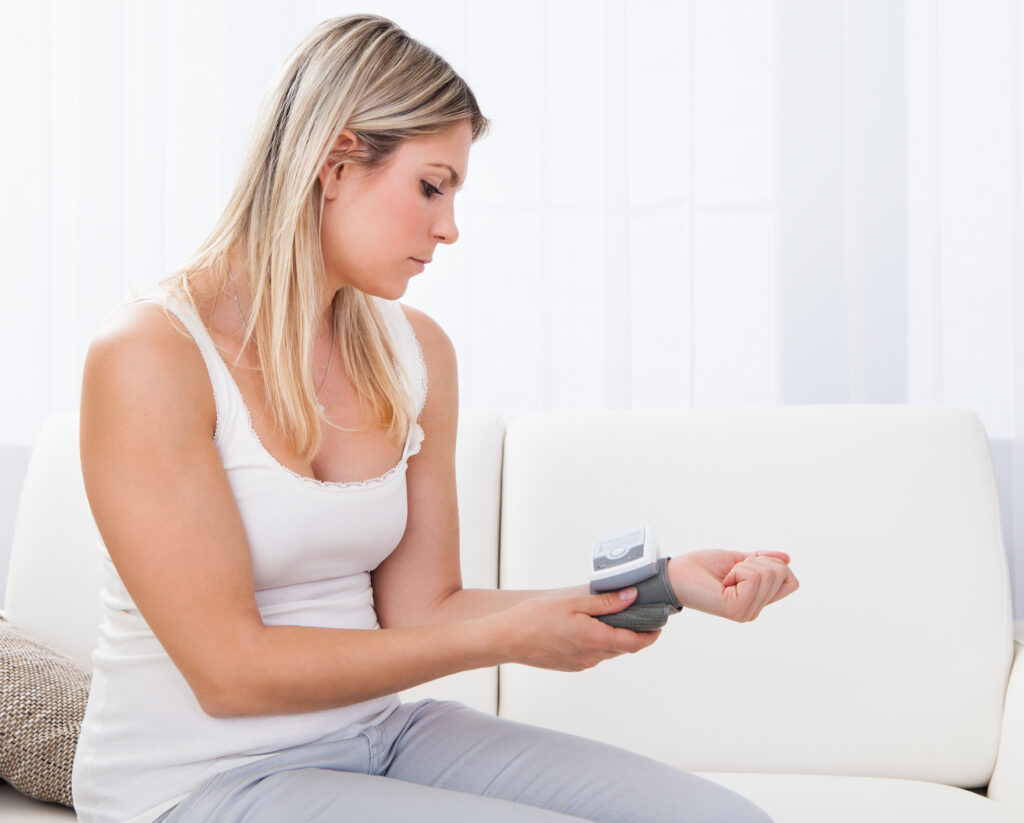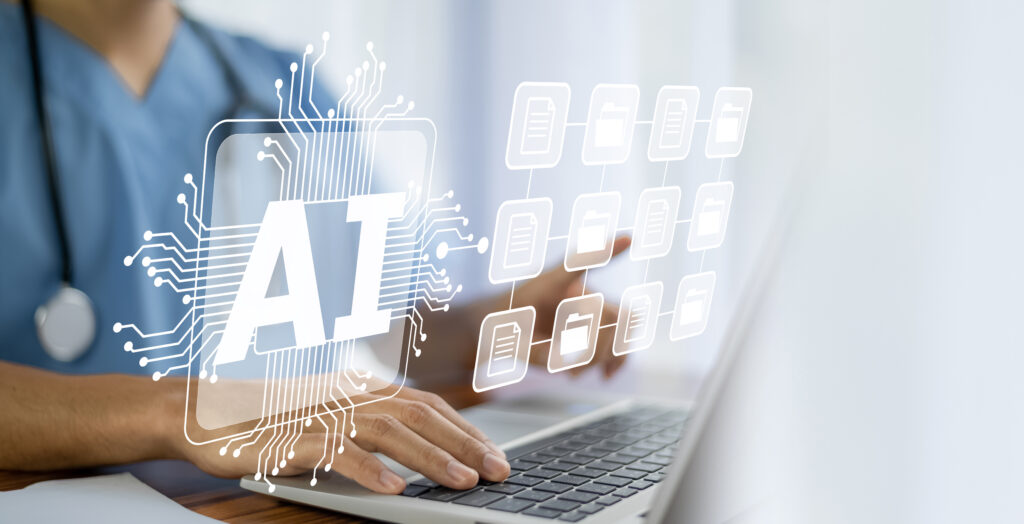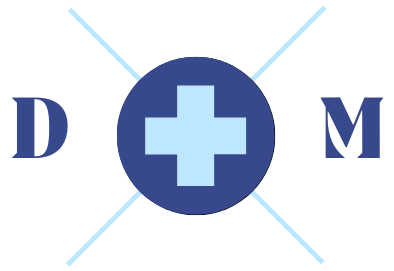
Virtual care is much more than simply telehealth, although it is a facet of virtual care. In the wake of the pandemic, global healthcare systems began to seriously consider the benefits and possibilities of remote care—and how it can help patients invest in their own health and futures.
As virtual care becomes established across widespread networks, we’re taking a look at emergent practices and what they mean for the future of healthcare.
Telehealth Appointments
It is extremely likely that most people have already experienced at least one telehealth appointment, and it’s easy to see why. Not only do they allow medical personnel to see more patients in a shorter window of time, but they let the patient provide basic or routine information on an illness or injury without the need to leave the house. As healthcare clinics desperately try to reduce the spread of contagions like Covid-19, the flu, and staph, staying home is even better than going out in a mask. The burden on healthcare workers is high and has been up for years, so reducing the number of physical bodies in a space (that must be cleaned and disinfected each time) cannot be discounted.
Telehealth does have its limitations, of course. A doctor cannot feel your lymph nodes or pick up on subtle odors, body language, or internal sounds that could be noted with a simple exam. As always, virtual care has its limits. However, by moving routine complaints to telehealth, it frees up limited physical space for those with active emergencies, illnesses, and injuries that require more thorough or immediate care.
ePrescriptions

Going hand in hand with telehealth appointments is the rise of Electronic Health Records (EHR) and ePrescriptions like Dose Spot, which can provide immediate prescription authorizations, contact pharmacies on behalf of doctors, know upfront and out-of-pocket costs before a scrip is approved, and keep seamless conversation between records. This is huge for doctors and patients alike, who often have to deal with multiple calls, orders that fail to get filled, and renewals that end up requiring yet another visit to the clinic. For patients with multiple prescriptions, EHR technology can also create a centralized system for tracking medications so that nothing gets lost, even when working with multiple care providers and specialists.
Remote Monitoring Devices

Remote Monitoring Devices (RMD) are wearable technology that a patient can use to track their medical information in real time, compiling data that a doctor can analyze and use for diagnosis and treatment. Everything from an Upper Arm Blood Pressure Monitor to a comprehensive ECG monitor can be purchased for individual patient use. The upside of technology like this is the sheer amount of data that can be acquired by its continuous use. Patients don’t need to make an appointment to use the device, and they are not limited by the length of a single session with a healthcare professional. Instead, they can wear such devices during activities that may give highly different readings—for instance, while exercising, eating, sleeping, or working.
AI Diagnostics

Artificial intelligence is the biggest question mark leading into the next era of virtual patient care. AI diagnostics are still emerging, but companies like Deepmind are beginning to create tools that can analyze a whole list of patient factors—from genetics to health to family history to mental illness—and create a custom diagnosis and care plan for that individual. This would mean not only an improvement in specificity and accuracy when providing care for an individual patient, but it would also allow a health care professional to offload some of their tasks. While patients still tend to prefer human care, especially for their bedside manner and guidance, an AI diagnostic tool could make virtual care a faster and more efficient process for everyday—and unknown—issues.



Leave a Reply